Guatemala’s UNESCO Sites: A Journey Through Heritage & History
Embark on a captivating journey to explore Guatemala’s wealth of UNESCO World Heritage Sites, each offering a unique window into the region’s diverse heritage. These sites, recognized by UNESCO for their cultural and historical significance, provide a fascinating exploration of ancient civilizations and colonial history.
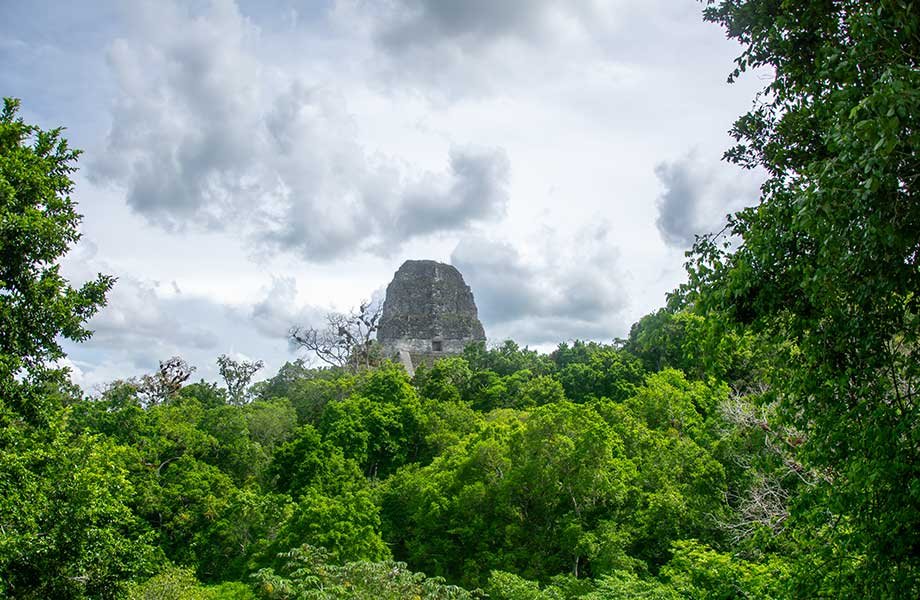
Tikal National Park: A Testament to the Mayan Legacy
Unraveling the Mysteries of Tikal
Declared a UNESCO World Heritage Site in 1979, Tikal National Park is recognized for its outstanding universal value in both cultural and natural categories. This ancient Mayan city, dating back to the 4th century BC, showcases towering temples, palaces, and public squares. Its archaeological significance lies in its wealth of information about the pre-Columbian period’s social, political, and economic history in the Mayan civilization.
The Flora and Fauna of Tikal
The park’s diverse ecosystem, encompassing rainforests and abundant wildlife, highlights its natural significance. This biodiversity, alongside the archaeological marvels, offers a unique combination of natural and cultural heritage.

Antigua Guatemala: A Chronicle of Colonial Elegance
Strolling Through Antigua’s Historical Lanes
Antigua Guatemala was inscribed as a UNESCO World Heritage Site 1979 under the cultural category. Founded in the early 16th century, Antigua was the capital of the Kingdom of Guatemala, covering most of Central America. The city is renowned for its well-preserved Spanish Mudéjar-influenced Baroque architecture and numerous ruins of colonial churches, making it an outstanding example of colonial town planning in Latin America.
Antigua’s Cultural Tapestry
Antigua presents a living representation of Spanish colonial history, intertwined with local indigenous influences, seen in its architecture, religious festivals, and daily life.
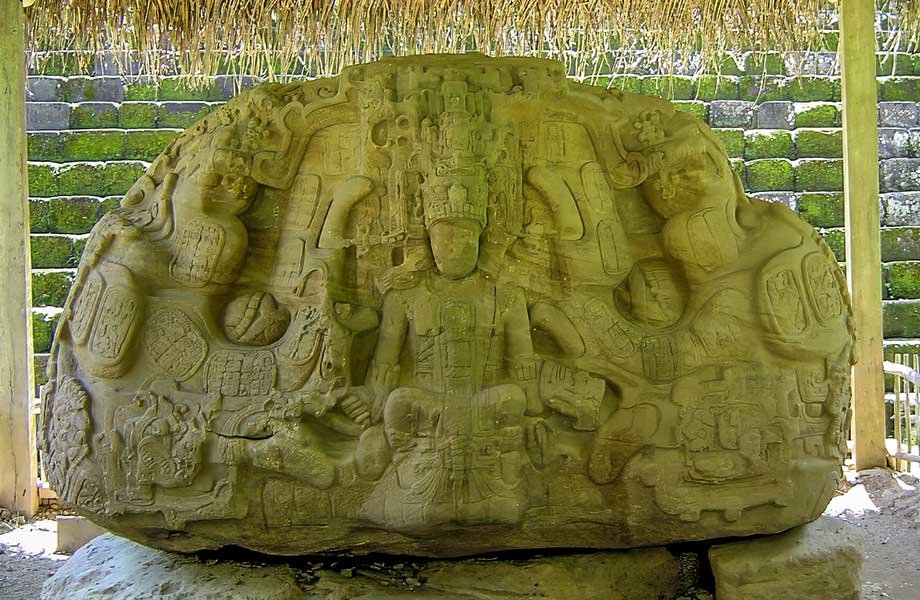
Quirigua: A Window to Ancient Scripts and Carvings
Delving into Quirigua’s Archaeological Wonders
Quirigua, designated as a UNESCO World Heritage Site 1981 under the cultural category, is famed for its stelae and zoomorphic sculptures. Dating back to the 8th century AD, these monuments are among the best-preserved and intricately carved in the Mayan region. They provide crucial insights into Mayan history, particularly the civilization’s calendar and mathematical systems.

Takalik Abaj: Bridging the Pre-Columbian Eras
Exploring the Enigma of Takalik Abaj
While Takalik Abaj is yet to be a UNESCO World Heritage Site, it is a significant nominee for its unique mixture of Olmec and Mayan features. Dating back to at least the early PreClassic period (around 800 BC), Takalik Abaj represents a key site in understanding the evolution of Mesoamerican culture and architecture, bridging the gap between the Olmec civilization and the later Mayan city-states.
In Conclusion: Embracing Guatemala’s Diverse Heritage
This journey through Guatemala’s UNESCO World Heritage Sites, from the ancient ruins of Tikal to the colonial streets of Antigua, offers a deep dive into the nation’s rich history and cultural legacy. Each site, with its unique background and global significance, highlights the enduring impact of both the Mayan civilization and the Spanish colonial era on the cultural landscape of Central America.
Through this detailed exploration of each site’s UNESCO status, historical background, and global significance, readers gain a comprehensive understanding of Guatemala’s invaluable contribution to our shared global heritage.





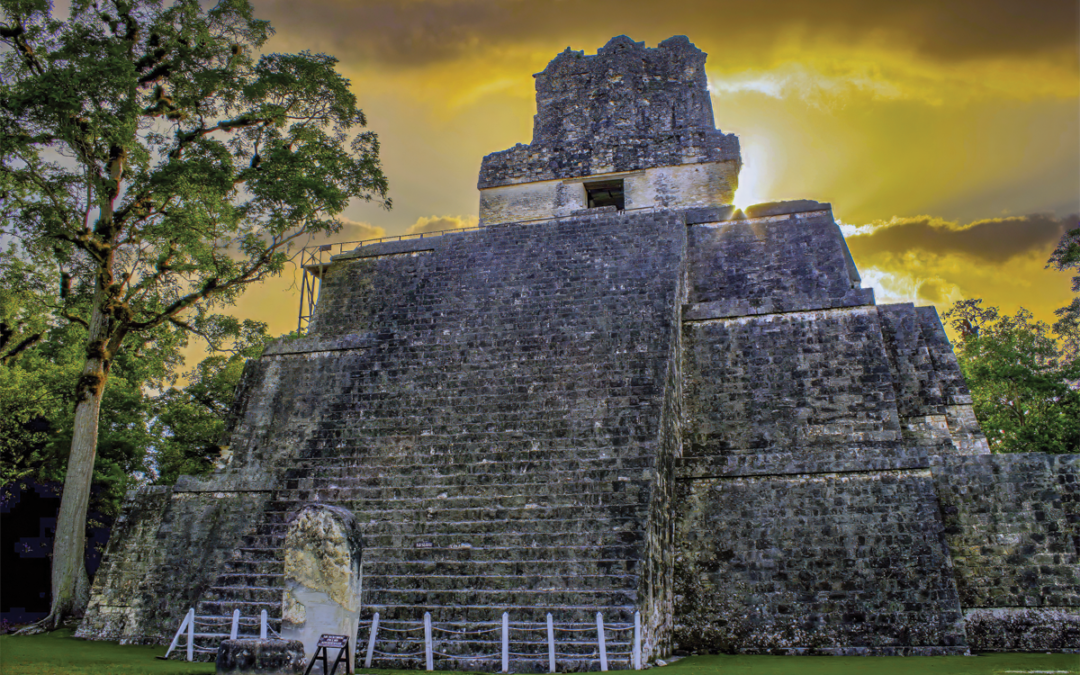
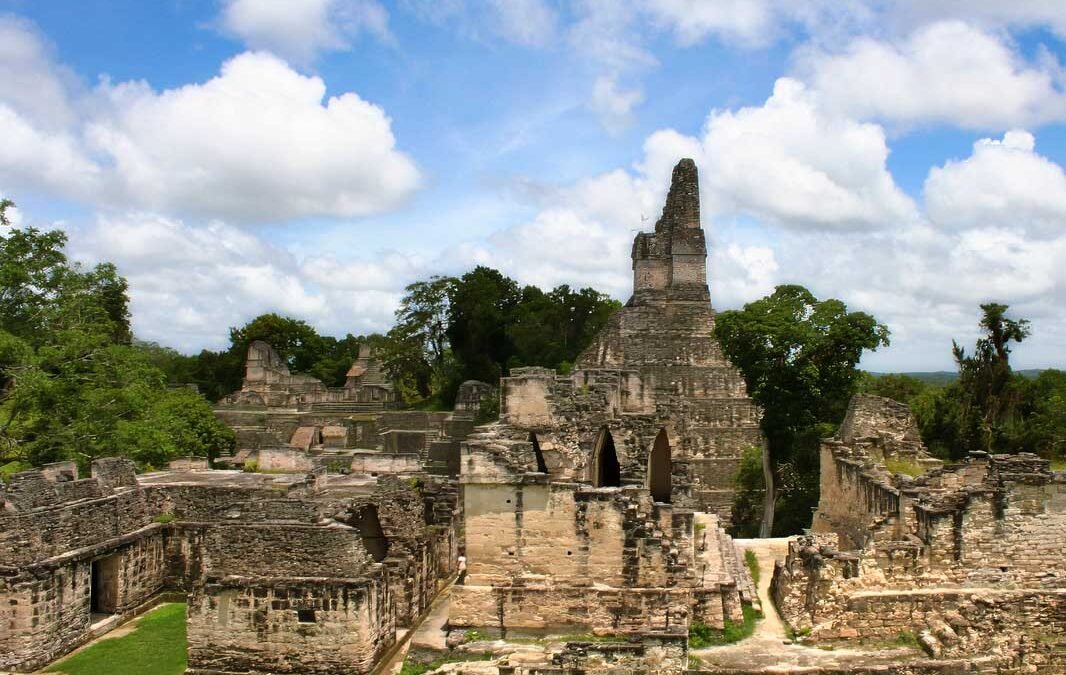
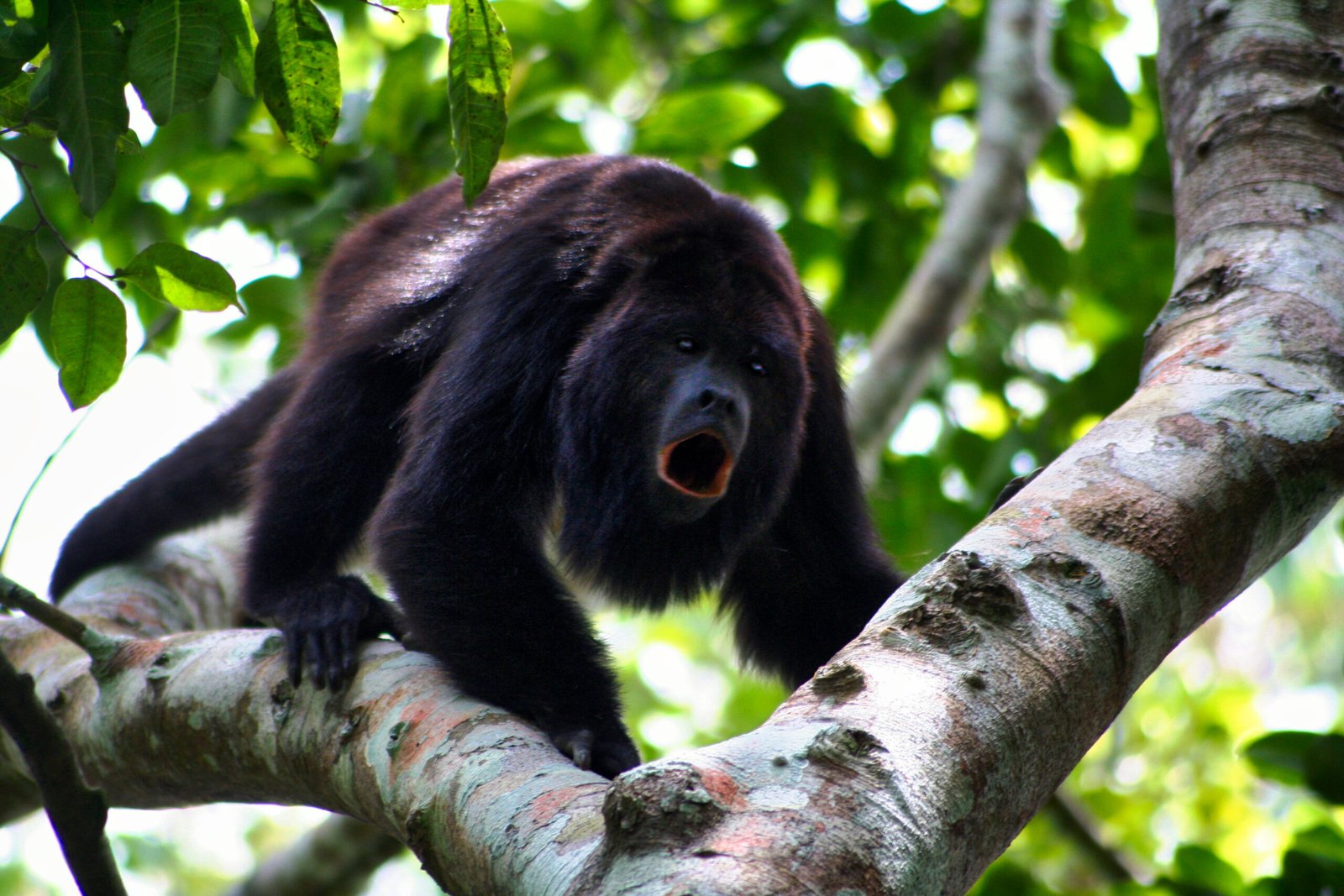
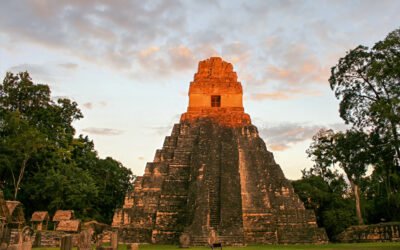


0 Comments